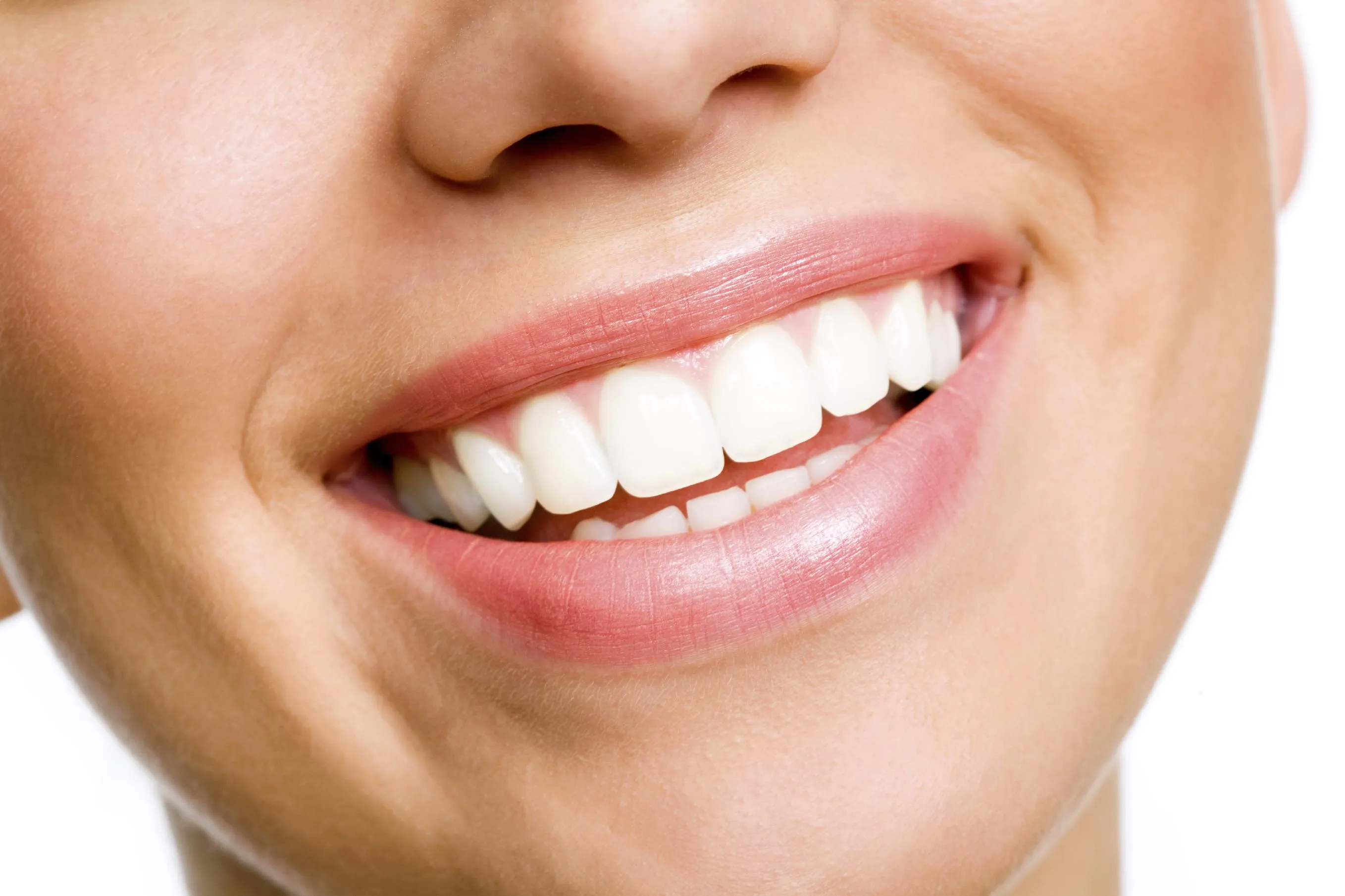Teeth Whitening Dangers Top 5 Facts
Teeth whitening has become incredibly popular, promising a brighter and more confident smile. However, it’s essential to be aware of the potential downsides. While many whitening treatments are safe when used correctly, there are risks involved. This article delves into the top five dangers associated with teeth whitening, helping you make informed decisions about your oral health. Understanding these risks is crucial before you embark on any whitening journey. By being aware of the potential side effects, you can take steps to mitigate them and protect your teeth. Remember, the goal is a healthy, beautiful smile, and that involves more than just the color of your teeth. It encompasses the overall health and well-being of your mouth.
Sensitivity from Whitening
One of the most common side effects of teeth whitening is increased tooth sensitivity. This occurs because the whitening agents, typically hydrogen peroxide or carbamide peroxide, penetrate the enamel and reach the dentin, the layer beneath the enamel that contains the tubules that lead to the nerve. This can cause temporary discomfort or pain, especially when consuming hot or cold foods and beverages. The intensity of the sensitivity varies from person to person and depends on the concentration of the whitening agent and the duration of the treatment. While usually temporary, it can be an uncomfortable experience that can affect your daily routine. Addressing this sensitivity is a key part of ensuring a positive teeth whitening experience.
Understanding Tooth Sensitivity
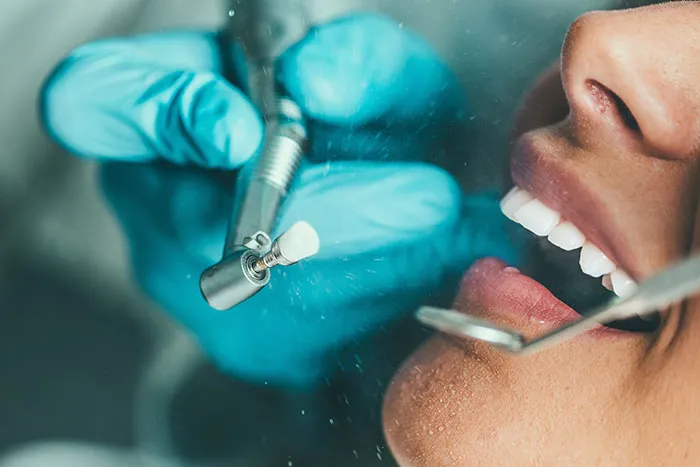
Tooth sensitivity is a common dental issue characterized by sharp, temporary pain in the teeth when exposed to certain stimuli, such as cold air, hot food, sweet or sour substances, or even brushing. It happens when the protective outer layer of the tooth, the enamel, is worn down, or the gums recede, exposing the dentin. The dentin contains tiny tubes (dentin tubules) that lead directly to the tooth’s nerve. When these tubules are exposed, stimuli can easily reach the nerve, causing sensitivity. Whitening treatments can exacerbate this sensitivity by temporarily increasing the permeability of the enamel, allowing the whitening agents to reach the dentin more quickly. Several factors, including genetics, oral hygiene, and diet, contribute to a person’s susceptibility to tooth sensitivity.
Managing Sensitivity During Whitening
Fortunately, there are several ways to manage tooth sensitivity during teeth whitening. Using a desensitizing toothpaste containing potassium nitrate or stannous fluoride a couple of weeks before starting the whitening process can help reduce sensitivity. These toothpastes work by blocking the nerve signals or by sealing the dentin tubules. Over-the-counter pain relievers like ibuprofen can also help alleviate discomfort. It’s also advisable to avoid very hot or cold foods and drinks during the treatment period. Reducing the frequency of whitening sessions or using a lower concentration of the whitening agent, as recommended by your dentist, can also help minimize sensitivity. If the sensitivity is severe or persistent, consult your dentist immediately for professional advice and treatment.
Gum Irritation A Common Side Effect
Another potential side effect of teeth whitening is gum irritation or inflammation, often referred to as gingivitis. This occurs when the whitening agent comes into contact with the soft tissues of the gums. The high concentration of chemicals in the whitening product can cause irritation, leading to redness, swelling, and soreness. This is particularly common with at-home whitening kits if the trays don’t fit properly, allowing the gel to leak and come into contact with the gums. Professional whitening treatments, while generally safer, can also cause gum irritation if the dentist doesn’t properly protect the gums with a barrier. Careful application and adherence to the instructions are crucial to minimize the risk of this side effect. Proper oral hygiene is very important to minimize this effect.
Causes of Gum Irritation
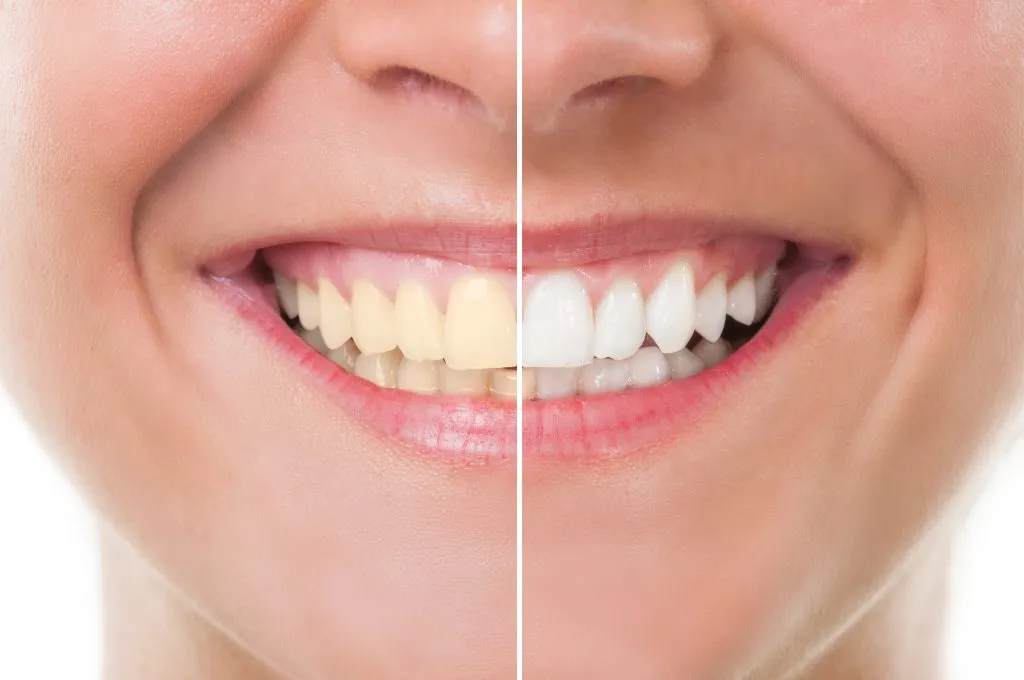
The primary cause of gum irritation from teeth whitening is the direct contact of the whitening agent with the gum tissues. These agents, typically hydrogen peroxide or carbamide peroxide, are strong oxidizing agents that can irritate and inflame the delicate gum tissues. Ill-fitting whitening trays used in at-home treatments are a major contributor to gum irritation because they allow the gel to spill out and come into contact with the gums. Other factors include the concentration of the whitening agent, the duration of exposure, and individual sensitivity. People with pre-existing gum conditions, such as gingivitis or periodontitis, are more susceptible to irritation. Improper application of the whitening product and not following the dentist’s instructions can also increase the risk.
Preventing and Treating Gum Irritation
Preventing gum irritation involves several steps. When using at-home whitening kits, ensure the trays fit snugly and that the gel doesn’t overflow. Always follow the instructions carefully and avoid overfilling the trays. Use a lower concentration of the whitening agent if you have sensitive gums. During professional whitening, your dentist will use a protective barrier, such as a rubber dam or liquid dam, to shield your gums. If irritation occurs, stop the whitening treatment immediately and consult your dentist. Rinse your mouth with water or a saltwater solution to soothe the gums. Avoiding harsh toothpastes and using a soft-bristled toothbrush can also help. Your dentist may recommend a topical anti-inflammatory medication or other treatments to help the gums heal.
Enamel Erosion and Weakening
While teeth whitening is generally considered safe, there is a potential for enamel erosion and weakening, especially if treatments are overused or the whitening agents are too strong. Enamel is the hard, protective outer layer of the tooth, and it is not a living tissue, which means it cannot repair itself. Excessive exposure to whitening agents can lead to the loss of minerals from the enamel, making it thinner and more susceptible to damage. This can make your teeth more sensitive and vulnerable to decay. It’s important to note that this is more likely to occur with unsupervised use of high-concentration whitening products or with frequent, long-term use. Consulting with a dentist and following their recommendations is crucial to minimize this risk.
The Science of Enamel Damage
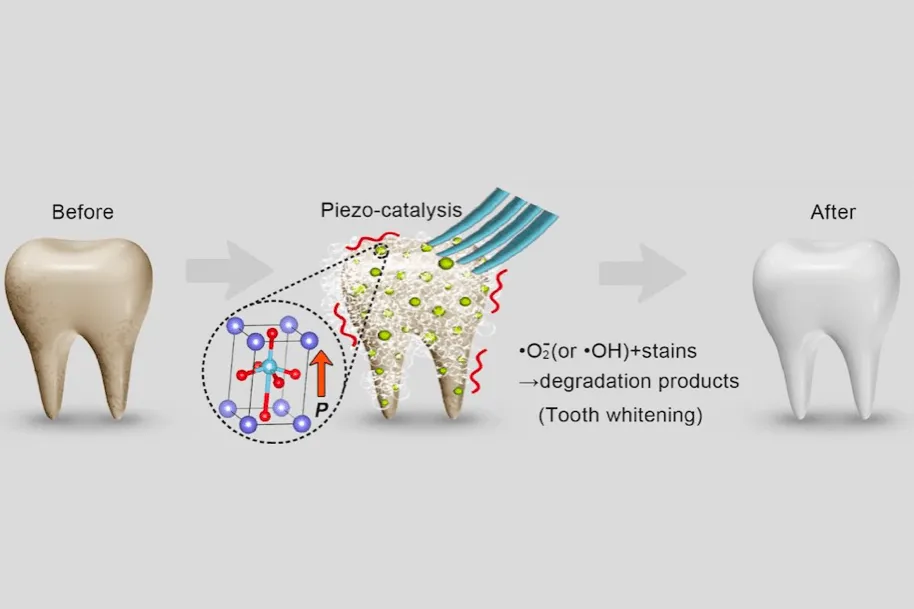
Enamel erosion is a gradual process where the mineral content of the enamel is lost. Whitening agents, typically hydrogen peroxide, work by penetrating the enamel to break down stain molecules. In the process, they can also remove some of the minerals from the enamel, leading to demineralization. This weakens the enamel structure, making it more porous and less resistant to acids produced by bacteria in the mouth. The extent of the damage depends on several factors, including the concentration of the whitening agent, the duration of exposure, and the frequency of treatment. Factors like the natural thickness of the enamel and overall oral health also play a significant role. Once enamel is eroded, it cannot regenerate, so protecting your enamel during the whitening process is crucial.
Protecting Your Enamel During Whitening
Protecting your enamel during teeth whitening involves a combination of preventive measures and professional guidance. Always follow your dentist’s instructions and avoid overuse of whitening products. Consider using a toothpaste that contains fluoride, as fluoride helps to remineralize the enamel and strengthen the teeth. Avoid brushing too hard, as this can also contribute to enamel erosion. Limit your consumption of acidic foods and drinks, as they can further erode the enamel. Consider getting a fluoride treatment from your dentist after whitening to help remineralize the enamel. Regular dental check-ups allow your dentist to monitor the health of your enamel and make recommendations to protect your teeth. Choosing professional whitening options over at-home kits can also reduce the risk, as the dentist can control the concentration and application of the whitening agent.
Uneven Whitening and Staining
Uneven whitening and staining can occur as a result of teeth whitening. This can manifest as blotches, streaks, or areas of the teeth that don’t whiten as much as others. This can be caused by several factors, including variations in tooth structure, the presence of existing dental work (like fillings or crowns), and the type of stains present. Teeth with natural variations in enamel thickness or mineral content may whiten unevenly. Furthermore, dental work does not whiten, which can lead to noticeable differences in shade. Some types of stains, such as those caused by tetracycline antibiotics or intrinsic stains, are more resistant to whitening. Achieving an even, aesthetically pleasing result often requires professional guidance to address these challenges effectively.
Causes of Uneven Results
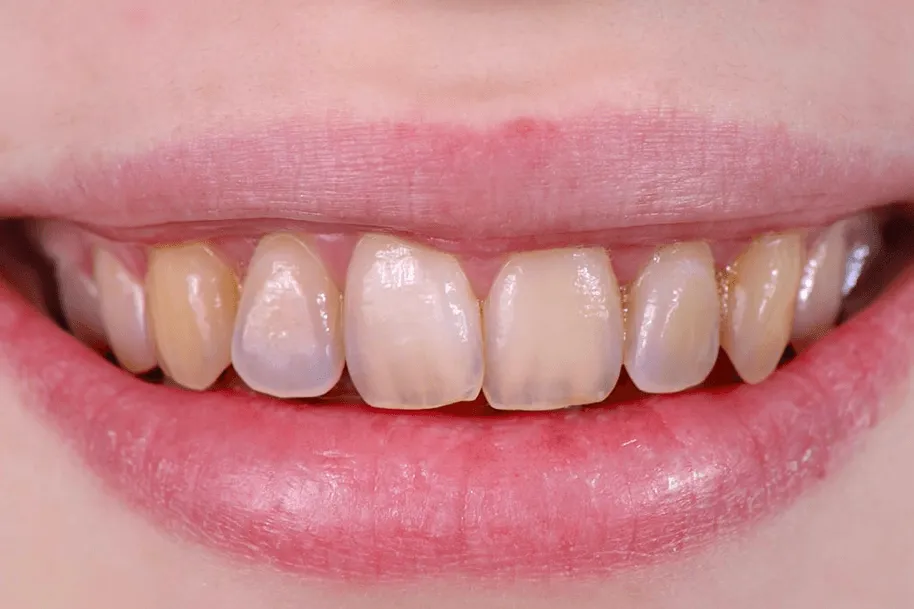
Uneven whitening results can arise from several factors. Variations in the natural structure of the teeth, such as differences in enamel thickness or mineral density, can lead to some areas whitening more readily than others. Existing dental work, such as fillings, crowns, and veneers, will not whiten, resulting in a contrast with the surrounding natural teeth. The type and severity of the stains also play a role. Extrinsic stains, those on the surface of the teeth, typically respond well to whitening, while intrinsic stains, which are deep within the tooth structure, can be more difficult to remove. Additionally, improper application of the whitening agent, such as uneven coverage or insufficient contact time, can also contribute to uneven results. Not all teeth respond the same way to the whitening treatment.
Addressing Uneven Whitening
Addressing uneven whitening often requires a tailored approach. In some cases, additional whitening sessions can help to even out the results, but it is best to consult with a dentist. For teeth with significant differences in shade, your dentist might recommend cosmetic dentistry options, like veneers or bonding. If unevenness is due to dental work, the existing work might need to be replaced or adjusted to match the whitened teeth. For stubborn stains, your dentist may suggest stronger whitening treatments or alternative methods, such as microabrasion. It’s always best to consult with your dentist to discuss your options and determine the most suitable course of action. They can assess the cause of the unevenness and recommend the best solution to achieve a more uniform and appealing smile.
Risk of Allergic Reactions and Irritants
Although rare, allergic reactions and irritation can occur due to the ingredients in teeth-whitening products. Some individuals may be sensitive or allergic to the whitening agents themselves (typically hydrogen peroxide or carbamide peroxide) or to other components in the product, such as flavoring agents, preservatives, or stabilizers. These reactions can range from mild symptoms, such as itching or a rash, to more severe reactions, like swelling or difficulty breathing. It’s essential to be aware of the potential for allergic reactions and to discontinue use of any product if you experience any adverse symptoms. Always check the product ingredients and consult with your dentist or a healthcare professional if you have concerns about allergies or sensitivities. The correct choice can avoid serious consequences.
Identifying Potential Allergens
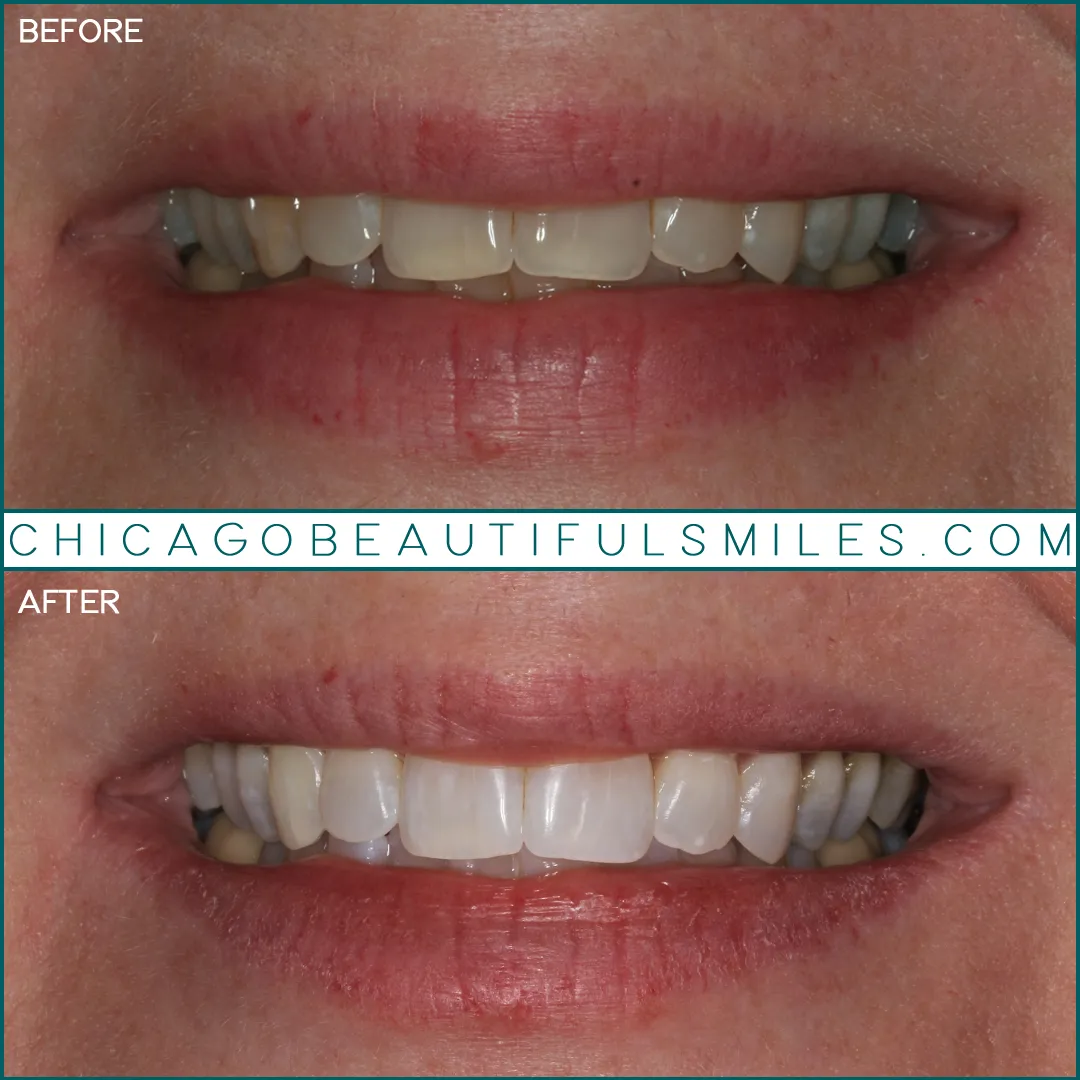
Identifying potential allergens in teeth-whitening products is essential for preventing adverse reactions. The primary whitening agents, hydrogen peroxide and carbamide peroxide, are the most likely culprits, but allergic reactions can also be caused by other ingredients in the product. Common allergens include flavoring agents (such as mint or other flavorings), preservatives, stabilizers, and binders. Reviewing the product’s ingredient list is crucial before use. If you have known allergies, it’s essential to check for cross-reactivity between the product’s ingredients and your existing allergies. If you are prone to allergies, it is advisable to start with a small test dose of the product and observe for any adverse reactions before using it extensively. Consulting with your dentist or an allergist can help you identify potential allergens and choose safe products.
What to Do If You Experience an Allergic Reaction
If you experience any signs of an allergic reaction or irritation after using a teeth-whitening product, such as rash, itching, swelling, hives, or difficulty breathing, stop using the product immediately. Rinse your mouth thoroughly with water. For mild reactions, over-the-counter antihistamines may help alleviate symptoms. If the symptoms are severe, such as difficulty breathing, swelling of the face or throat, or chest pain, seek immediate medical attention. Contact your dentist to discuss your reaction and explore alternative whitening methods or treatments. Keep a record of the product you used and the symptoms you experienced, as this information may be helpful for your dentist or healthcare provider in identifying the cause of the reaction. Your dentist can provide guidance and recommendations to alleviate the effects and prevent further adverse reactions. Prioritize your health and don’t hesitate to seek professional help.
In conclusion, while teeth whitening can significantly improve your smile’s appearance, it’s crucial to be aware of the potential risks. Sensitivity, gum irritation, enamel erosion, uneven whitening, and allergic reactions are all possible side effects. By understanding these dangers and taking necessary precautions, such as consulting your dentist, following instructions carefully, and using safe products, you can minimize the risks and achieve a brighter smile. Prioritizing oral health is essential; teeth whitening should complement, not compromise, your dental well-being. Remember to weigh the benefits against the potential risks and make informed decisions to maintain a healthy and beautiful smile for years to come. Regular dental check-ups and professional guidance are vital throughout the process.
